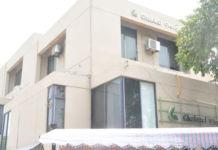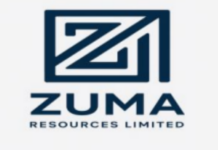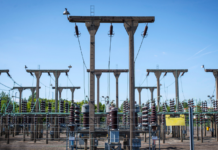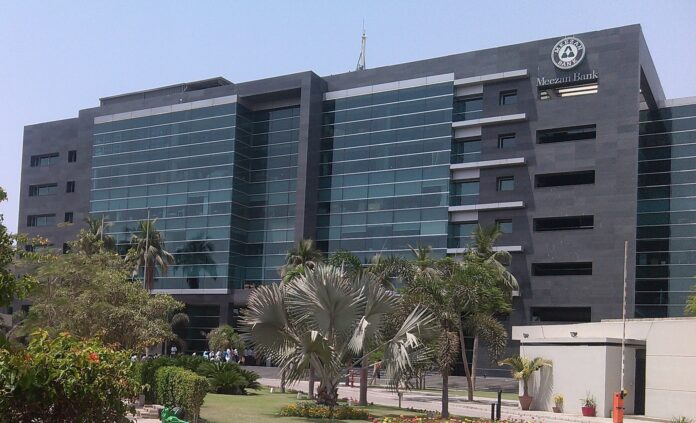Unless you’ve been living under a rock, you most probably have heard of Meezan Bank. Posturing as “the Premier Islamic Bank,” its rise has been nothing short of meteoric. Conceptualised in the mid-1990s by its Founding CEO, Irfan Siddiqui, it has fought an uphill battle in introducing and developing the field of Islamic banking in Pakistan. However, it grew so much and built such a strong reputation that it now ranks among the top five banks in Pakistan. Period. And a story like that certainly deserves to be chronicled.
Sibtain Naqvi has taken this task on. In Unconventional: The Bank No One Saw Coming, he has written a story of Meezan Bank, from the seeds of its inception coming up to the present day. As Naqvi points out in his Author’s Note, “Irfan Siddiqui’s personal journey is so intertwined with Meezan’s history that it’s hard to separate the two”. Unconventional is a portrait of both the man and the bank.
Irfan had trained as an accountant in the UK, and after working in the Middle East with Kuwait Investment Authority (KIA) in the 1980s, shifted back to Pakistan to be with his parents. He had given up a glittering career to move to a smaller and weaker market. Deciding to settle permanently in Pakistan, he soon became the General Manager of Pakistan Kuwait Investment Company (PKIC). PKIC was a dead horse – almost. However, Irfan was able to make a profitable turnaround in three years. Success shone upon his shoulders. Things were going well. The content in this publication is expensive to produce. But unlike other journalistic outfits, business publications have to cover the very organizations that directly give them advertisements. Hence, this large source of revenue, which is the lifeblood of other media houses, is severely compromised on account of Profit’s no-compromise policy when it comes to our reporting. No wonder, Profit has lost multiple ad deals, worth tens of millions of rupees, due to stories that held big businesses to account. Hence, for our work to continue unfettered, it must be supported by discerning readers who know the value of quality business journalism, not just for the economy but for the society as a whole.To read the full article, subscribe and support independent business journalism in Pakistan

























I hope that you are doing well and support my trust always with you meezan Bank thank God for your corporate thank goodness 💘❤️💖💖 thanks